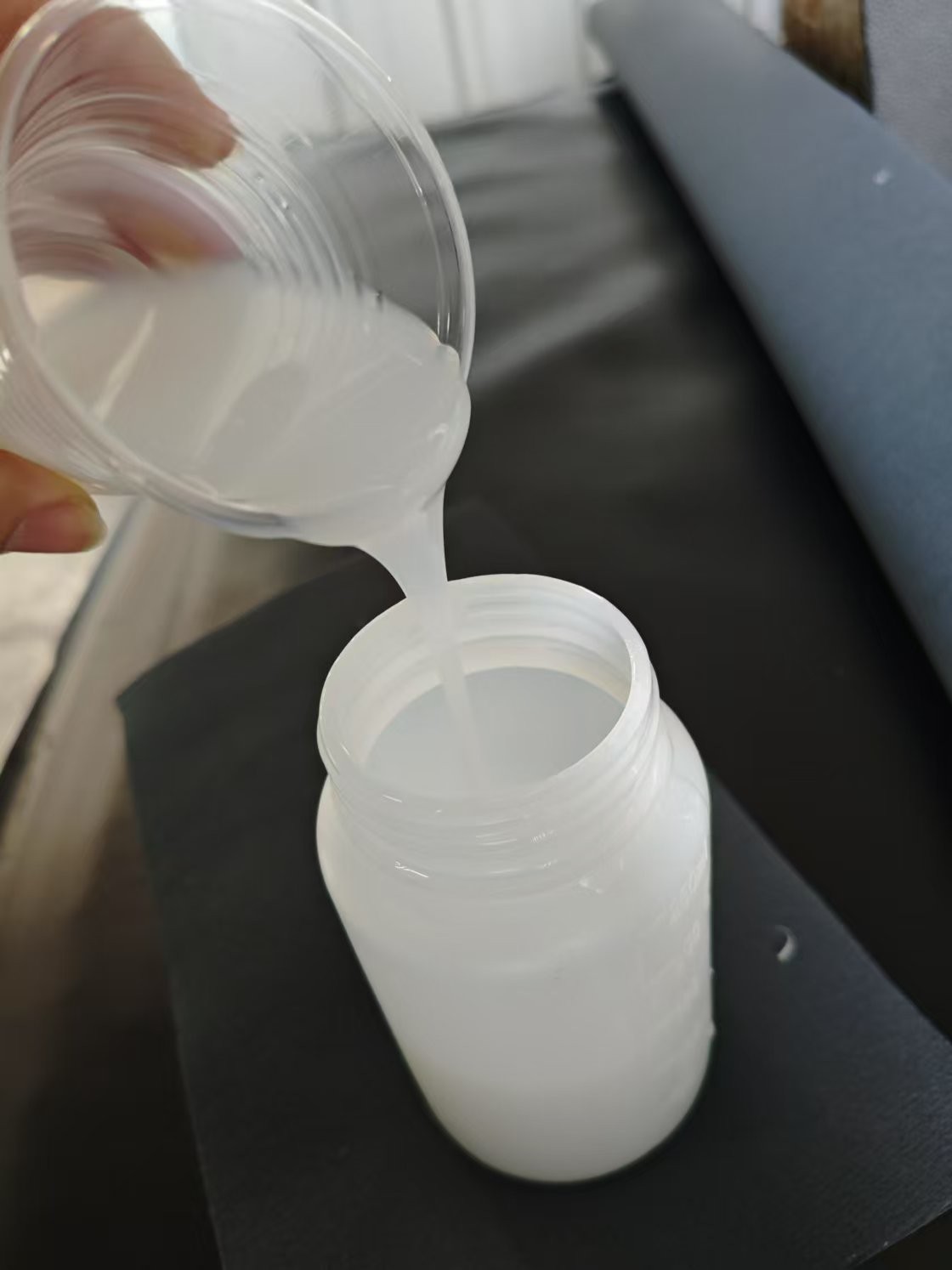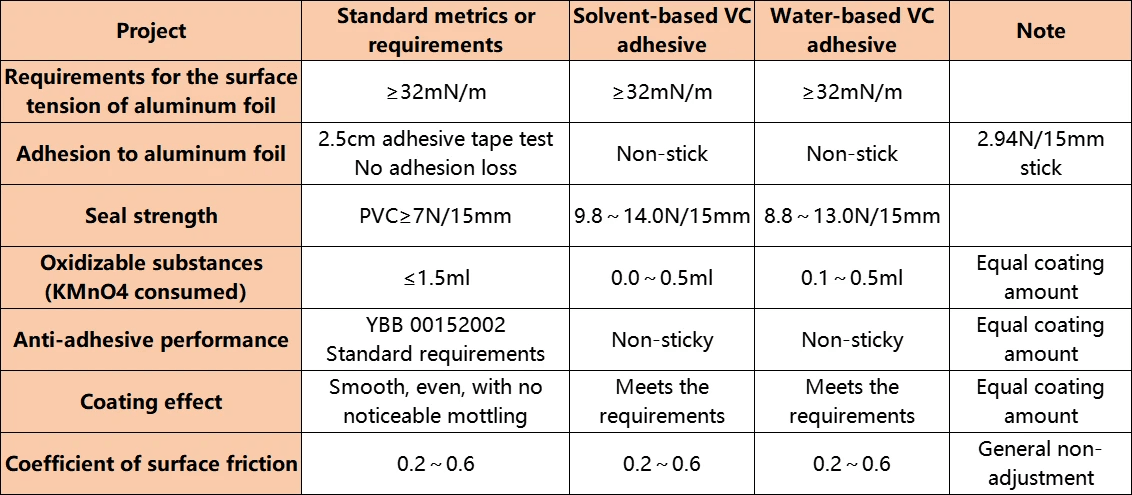Introduction

Foam adhesives have become essential in various industries, particularly in furniture manufacturing and home décor. These specialized bonding agents offer unique advantages over traditional glues, making them a popular choice for both professionals and DIY enthusiasts. Whether you're working with foam to foam adhesive or using polyurethane construction adhesive, understanding the nuances of foam glue adhesive can elevate your projects to new heights.
Understanding Foam Bonding Adhesives
Foam bonding adhesives are designed specifically for adhering foam materials together or to other substrates. They come in various formulations, including polyurethane adhesive and foam board adhesive, each tailored to meet specific application needs. By exploring the properties of these adhesives, you can better appreciate how they work and why they are favored in many settings.
Why Choose Foam Adhesive for Furniture
Foam adhesives are particularly advantageous because they provide strong bonds without compromising the flexibility of the materials involved. This is especially important when using foam to foam adhesive, as it allows furniture pieces to maintain their shape while offering excellent support.
Key Benefits of Using Foam Glue Adhesive
Using foam glue adhesive comes with a plethora of benefits that make it an ideal choice for various applications. One significant advantage is its quick curing time; many polyurethane construction adhesives bond rapidly, allowing you to complete projects efficiently without long waiting periods. Additionally, these adhesives are often resistant to moisture and temperature fluctuations, making them perfect for both indoor and outdoor furniture applications.
Types of Foam Adhesives

Exploring Polyurethane Adhesives
Polyurethane adhesives are a popular choice when it comes to foam adhesive applications due to their exceptional strength and flexibility. This type of construction adhesive is known for its ability to bond not only foam but also various other materials such as wood, metal, and plastic. The versatility of polyurethane construction adhesive makes it an ideal option for both furniture manufacturing and DIY home projects, ensuring a reliable hold in diverse conditions.
One of the standout features of polyurethane adhesive is its resistance to moisture and temperature fluctuations, making it suitable for both indoor and outdoor use. This durability means that your bonded surfaces will remain intact even under challenging environmental conditions. When using polyurethane adhesives with foam materials, it's essential to follow manufacturer instructions for optimal results.
Features of Foam to Foam Adhesives
Foam to foam adhesives are specifically designed for bonding two pieces of foam together seamlessly, which can be particularly useful in upholstery or crafting projects. These specialized foam glue adhesives provide a strong yet flexible bond that maintains the integrity and softness of the foams involved. Whether you're working on cushions or decorative elements, these adhesives ensure that your creations stay intact while allowing some movement.
Another advantage is their quick-drying properties; many formulations allow you to handle bonded items shortly after application without compromising strength. Additionally, they often come in user-friendly formats such as sprays or gels that simplify application processes—ideal for both professionals and DIY enthusiasts alike. Choosing the right foam to foam adhesive can enhance not just durability but also the overall aesthetic appeal of your projects.
Best Practices for Using Foam Board Adhesive
Using foam board adhesive requires some best practices to achieve optimal results in your projects. First off, always ensure surfaces are clean and dry before applying any construction adhesive; this simple step can significantly improve adhesion quality and longevity. When applying the foam board adhesive, use even pressure across the surface area for a consistent bond—this helps avoid air pockets which could weaken adhesion over time.
Another tip is to consider working in smaller sections if you're dealing with larger pieces; this allows you better control over placement before the glue sets fully. Be mindful of curing times as well—allow adequate time for the construction adhesive you’re using so that it reaches maximum strength before subjecting it to stress or load-bearing tasks. Following these best practices will help ensure your projects turn out just as you envisioned them!
Applications of Foam Adhesive

Foam adhesives have carved out a niche in various industries, thanks to their unique bonding properties and versatility. From furniture manufacturing to home décor projects, the applications of foam glue adhesive are vast and varied. Understanding how to leverage these adhesives can unlock a world of creative possibilities.
Furniture Manufacturing and Repair
In the realm of furniture manufacturing, foam adhesive plays a pivotal role in creating durable and aesthetically pleasing products. Polyurethane construction adhesive is particularly favored for its strong bond, making it ideal for both new creations and repairs. Whether you're assembling a sturdy sofa or fixing an old chair, using foam to foam adhesive ensures that your pieces withstand the test of time.
Repairing furniture with foam glue adhesive is not just about functionality; it's also about maintaining the look and feel of your beloved items. The seamless bond created by these adhesives allows for clean repairs that don't compromise design integrity. With the right foam board adhesive, you can breathe new life into worn-out furnishings without sacrificing quality or aesthetics.
Home Décor Projects
From crafting custom wall art to building unique shelving units, using polyurethane adhesive ensures that your creations are both beautiful and resilient. The flexibility offered by foam glue adhesive allows you to experiment with different materials without worrying about compatibility issues.
One popular application is creating decorative accents like upholstered panels or cushions where traditional adhesives might fall short. Foam board adhesive provides a strong hold while allowing for easy adjustments during assembly—perfect for those who love a bit of trial and error in their projects! So whether you're reimagining your living space or adding personal touches throughout your home, consider incorporating foam adhesives into your toolkit.
Insulation and Soundproofing Solutions
Foam adhesives are not only useful for aesthetic purposes; they also serve critical functions in insulation and soundproofing applications. Using polyurethane construction adhesive helps secure insulation materials effectively, ensuring energy efficiency while reducing noise pollution in homes or offices. This dual functionality makes it an excellent choice for contractors looking to provide comprehensive solutions.
For soundproofing projects, employing foam glue adhesive can significantly enhance acoustic performance by minimizing sound transmission between spaces. The ability of these adhesives to bond various materials—such as drywall, wood panels, or acoustic tiles—makes them indispensable in modern construction practices focused on comfort and tranquility. In essence, whether you're sealing gaps around windows or installing sound-dampening walls, choosing the right foam board adhesive can make all the difference.
How to Choose the Right Foam Adhesive

Choosing the right foam adhesive can feel like navigating a maze, but it’s crucial for ensuring a strong and lasting bond. With so many options available, from polyurethane adhesives to foam board adhesives, understanding your specific project needs is vital. This section will guide you through evaluating strength and durability, considering material compatibility, and keeping environmental factors in mind.
Evaluating Strength and Durability
When selecting a foam adhesive, strength and durability are paramount considerations. Look for polyurethane construction adhesives known for their exceptional bonding power; they can withstand various stresses without compromising integrity. Additionally, consider the curing time—some foam glue adhesives cure faster than others, which can be beneficial if you're on a tight schedule.
It’s also essential to think about how your furniture or project will be used over time. Will it face heavy wear and tear? If so, opting for high-strength foam to foam adhesive will ensure that your creation stands the test of time while maintaining its aesthetic appeal.
Considering Material Compatibility
Compatibility between materials is another critical factor when choosing a foam adhesive. Not all adhesives work well with every type of material; for instance, some polyurethane adhesives may not bond effectively with certain plastics or metals. Always check the manufacturer’s guidelines to ensure that your chosen construction adhesive is suitable for both the foam and any other materials involved in your project.
Moreover, consider whether you’re working with closed-cell or open-cell foams as this can influence adhesion properties significantly. Using a compatible foam board adhesive will not only enhance adhesion but also improve overall performance in applications like insulation or soundproofing solutions.
Environmental Factors to Keep in Mind
Lastly, don’t overlook environmental factors when selecting your foam adhesive! Consider where your project will be located; exposure to moisture or extreme temperatures may require specialized polyurethane construction adhesives designed for such conditions. Some foam glue adhesives are formulated to resist mold and mildew—ideal if you’re working on projects in humid environments.
Additionally, think about any potential health impacts associated with specific adhesives; some may emit volatile organic compounds (VOCs) that could affect indoor air quality. Opting for low-VOC options ensures that you create a healthier living space while still enjoying the benefits of strong adhesion provided by quality foam adhesives.
Step-by-Step Guide to Using Foam Adhesive

Using foam adhesive can transform your projects, but proper application is key to achieving a strong and lasting bond. Whether you're working with foam to foam adhesive or a polyurethane construction adhesive, following these steps will ensure success. Let’s dive into the nitty-gritty of preparing surfaces, applying the adhesive, and finishing your work.
Preparing Surfaces for Bonding
The first step in using any foam glue adhesive is to ensure that the surfaces you’re bonding are clean and free from dust or debris. This means wiping down both surfaces thoroughly; even a speck of dirt can compromise the strength of your bond. For optimal results, consider lightly sanding glossy surfaces to create a more textured area for better adhesion when using foam board adhesive.
Additionally, it’s important to assess the moisture levels in both materials. Excess moisture can weaken the bond created by polyurethane adhesives, so allow any damp materials to dry completely before proceeding. Remember that preparation is half the battle; take your time here for a successful outcome!
Applying Construction Adhesive Effectively
Once your surfaces are prepped and ready, it's time to apply that trusty construction adhesive! When using polyurethane construction adhesive or foam glue adhesive, less is often more—apply an even layer on one surface rather than slathering it on thickly. This ensures you avoid excess squeeze-out while still providing enough material for a strong bond.
Use a caulking gun or similar applicator for precision when applying foam board adhesive; this will help you control how much you dispense and where it goes. After applying the adhesive, press both pieces firmly together; if you're working with foam to foam adhesives, make sure they align properly before committing fully!
Curing and Finishing Tips
Now that you've applied your chosen foam adhesive and pressed those surfaces together like two long-lost friends at a reunion, it's crucial to allow adequate curing time according to product instructions—don't rush this part! Most polyurethane adhesives require 24 hours for full cure but check specific guidelines as some products may differ slightly in their requirements.
While waiting for your project to cure, resist the temptation to disturb or move it around too much; stability is vital during this phase! Once cured, inspect your work: if necessary, trim any excess material carefully with a sharp blade—this will give your project that polished finish we all love.
Special Features of Chemix's Anionic Resin

Chemix's anionic resin stands out in the realm of foam adhesives, thanks to its unique formulation and performance characteristics. This polyester modified aliphatic resin not only enhances bonding strength but also provides excellent resistance to environmental factors, making it a reliable choice for various applications. Whether you're using it for furniture or crafts, this foam glue adhesive offers a robust solution that meets diverse needs.
Advantages of Polyester Modified Aliphatic Resin
One of the standout advantages of polyester modified aliphatic resin is its exceptional durability compared to traditional polyurethane adhesives. This construction adhesive provides a strong bond that withstands moisture and temperature fluctuations, ensuring longevity in your projects. Additionally, its quick curing time allows for efficient workflow, making it ideal for both professional manufacturers and DIY enthusiasts looking to get the job done swiftly.
Versatility in Multi-Material Applications
Unlike standard foam board adhesives that may struggle with certain surfaces, this polyurethane construction adhesive excels at bonding various materials together seamlessly. Whether you're working with wood, metal, or even foam to foam adhesive connections, this product can adapt and provide reliable results across multiple substrates.
Ideal Uses in Home Decoration and Crafts
When it comes to home decoration and crafts, Chemix's anionic resin proves itself as a top contender among foam adhesives. Its strong adhesion properties make it perfect for intricate projects where precision is key; think delicate decor items or custom furniture repairs. With this foam glue adhesive in your toolkit, your creative possibilities are virtually limitless—allowing you to craft stunning pieces that stand the test of time.
Conclusion

In summary, foam adhesive stands out as a versatile solution for various bonding needs, particularly in furniture manufacturing and home décor projects. Whether you’re using polyurethane adhesive for robust applications or foam to foam adhesive for delicate crafts, the right foam glue adhesive can make all the difference. As we look to the future, innovations in foam board adhesive and construction adhesives promise even greater possibilities for DIY enthusiasts and professionals alike.
The Versatility of Foam Adhesive
Foam adhesive is not just a one-trick pony; it excels across multiple domains, from furniture assembly to creative art projects. Its ability to bond different materials makes polyurethane construction adhesive a go-to choice for diverse applications. With options like foam to foam adhesive available, users can achieve strong bonds while maintaining flexibility in their designs.
Tips for Successful Foam Bonding
To ensure successful bonding with your chosen foam glue adhesive, preparation is key. Always clean surfaces thoroughly before application; any dust or grease can compromise the strength of your bond. Additionally, follow manufacturer instructions carefully when using polyurethane adhesives—proper curing times are crucial to achieving optimal results.
Future Trends in Foam Adhesives and Applications
Looking ahead, we can expect exciting developments in the realm of foam adhesives that will enhance their usability and effectiveness even further. Innovations may lead to more eco-friendly formulations of polyurethane construction adhesives that cater to environmentally conscious consumers. As manufacturers explore new technologies, the potential applications of foam board adhesives will likely expand into areas previously unimagined.
